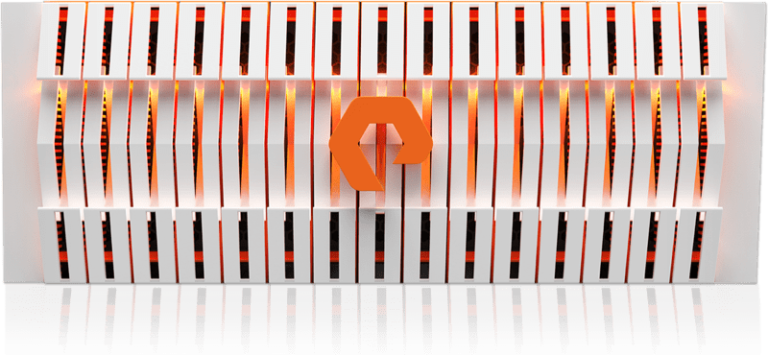SanDisk is gunning for enterprise hard disk drives (HDDs) with the company’s new Optimus MAX, an industry-first 4 TB SAS solid-state drive (SSD).
Targeting database, data warehousing and read-intensive storage workloads, the 2.5-inch SSD sports a 6 GB per second interface and delivers sequential read and write speeds of 400 MB per second. Random read and write IOPs are rated at up to 75,000 and 15,000 respectively.
Optimus MAX is packed with 4 TB of 19nm eMLC flash chips. It can sustain one to three drives wipes per day and has a mean time between failure rating of 2.5 million hours and is covered by a 5 year warranty.
While active, the 4 TB SSD consumes 7 watts of electricity. The company’s EverGuard tech protects data in the case of a power failure.
The hard drive’s days in the data center are numbered, according to John Scaramuzzo, senior vice president of Enterprise Storage Solutions at SanDisk. In a blog post, he said that the Optimus MAX “not only raises the bar on SAS SSD capacity, but is a true replacement for enterprise HDDs as it delivers SAS features and performance at a new level of affordability that rivals enterprise SATA SSDs.”
Scaramuzzo made his case using the example of a 100 TB database application with a 200K random IOPS performance requirement. “To build this with HDDs, you need over 800 150GB 15K HDDs and three 42U server racks,” he asserted.
With the Optimus MAX SSD, added Scaramuzzo, the same 100 TB database requires “just 25 drives, using only 4U of space in a single rack!” In addition to a lower total cost of acquisition, a result of less hardware overhead, the drive delivers 10x faster performance, he claimed.
After doing the math, “IT managers can finally justify replacing large, ‘data-tub’ 10K and 15K RPM SAS HDDs,” asserted Scaramuzzo. Plus, SanDisk doesn’t plan on sitting on its laurels.
Paving the way for massive SQL Server consolidation projects and Hadoop big data analytics workloads, the company hinted at bigger SAS SSDs to come. “SanDisk foresees higher density drives in the next 1-2 years—extending capacity per drive to 8 TB and 16 TB,” wrote SanDisk Enterprise Storage Solutions marketing manager, Jean S. Bozman, in a separate blog post.
Pedro Hernandez is a contributing editor at InfoStor. Follow him on Twitter @ecoINSITE.





